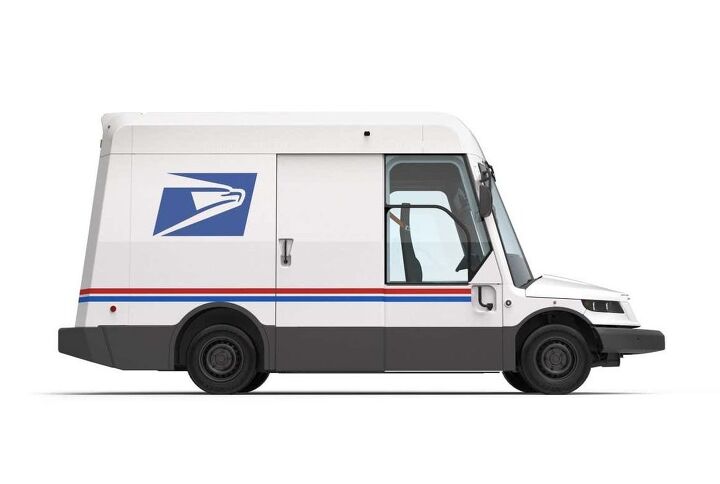#OshkoshNGVD
UAW & Green Lobby Sue USPS Over Not Prioritizing EVs
On Thursday, The UAW and a group of environmental groups based in the United States filed numerous lawsuits in an effort to block the U.S. Postal Service (USPS) from moving forward with plants to purchase gasoline-powered next-gen delivery vehicles (NGDVs) from Oshkosh Defense. The suits are being launched on the grounds that the USPS failed to comply with environmental regulations and went back on an earlier promise to field all-electric variants.
They’re supported by the White House — which launched an initiative to convert the entire federal fleet into battery electric vehicles last year — and congressional Democrats that were angered after the Postal Service went against the Biden administration’s request to prioritize EVs. The president and the Environmental Protection Agency (EPA) even went so far as to request that the USPS to hold off on the $11.3 billion contract with Oshkosh so electric options can be reevaluated. However, Postmaster General Louis DeJoy has repeatedly stated that it’s not realistic to field a significant number of electric vehicles and that the mail service would need additional funding from the government to consider such a move.
Lawmakers Introduce Bill Offering USPS More Money for EVs
Despite the United States Postal Service (USPS) having recently finalized its plan to award Oshkosh Defense a $482 million contract to replace its ramshackle fleet with sparkly new Next Generation Delivery Vehicles (NGDV), Postmaster General Louis DeJoy said it could only afford to make 10 percent of the fleet electric. The USPS would allegedly need another 3 or 4 billion dollars in government assistance to make BEVs happen in meaningful numbers and some lawmakers seem happy to oblige.
A bill sponsored by House Representative Jared Huffman (a California Democrat), introduced on Monday, seeks to allocate $6 billion to increase the number of EVs used by the USPS — with the stipulation that at least 75 percent of the motor pool be zero-emission vehicles. The original plan estimated expenditures of roughly $6.3 billion over the duration of the 10-year program to modernize the United States’ postal fleet. But the service ultimately decided to go with Oshkosh’s internal combustion model, rather than the electric prototypes offered by other manufacturers.
Mail's Here: USPS Picks Oshkosh Defense NGDV
The United States Postal Service (USPS) has revealed its new mail truck after a 6-year competition, selecting the duck-billed option from Wisconsin-based defense contractor Oshkosh. Its Next Generation Delivery Vehicle (NGDV) will officially replace the Grumman Long Life Vehicle (LLV) starting in 2023. Though the LLV spent the last 20 years being gradually supplanted by anything large enough to haul a bag of mail, it’s technically the last vehicle commissioned for use by the USPS.
Sadly, the postal service’s decision also represents a major loss for Ohio-based Workhorse. Its battery electric W-15 seemed to represent the government’s greener ambitions and was capable of 80-mile journeys before a gasoline-powered range extender kicks on. While a smart design, we think the manufacturer would have been better served by having ties to the military, like Oshkosh and Grumman. Workhorse’s share price has been falling ever since news broke that the USPS wouldn’t be needing its services, however analysts are under the impression that it will eventually rebound.


















Recent Comments